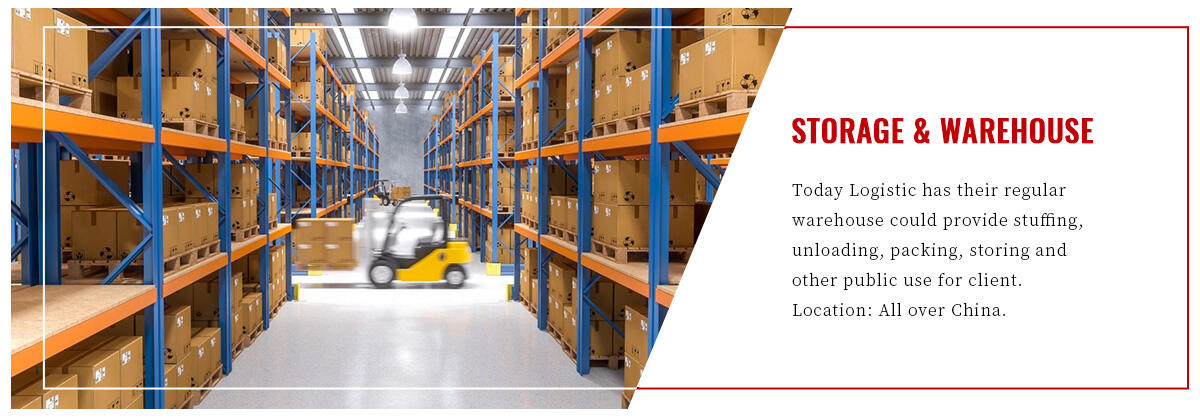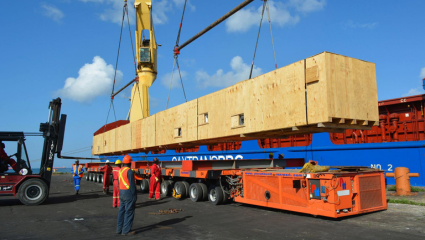тамырлар жүйесінің талаптары бойынша планлау
Таңдау қатарының талаптарын бойлау стратегиялық процестің маңызды элементі, көпшіліктік аналитика және мәндеу технологияларын пайдаланып, ескертпелік басқаруды және операциялық қызметтердің қиындығын оптимизациялау үшін. Бұл жеке қолданба тарихи деректерді анализдеу, пазар интеллекті мен онайдағы ақпаратты біріктіреді, сондықтан келесі талаптардың шаблондарын дәл мәндеуге мүмкіндік береді. Оның негізінде, жүйе көптеген деректер нүктелерін өңдеу үшін күрделі алгоритмдерді қолданады, олар сатыстық тарихы, мезгілдік тенденциялар, пазар шарттары және промоцияларды қамтиды. Технология талаптардың дәлдігін үнемдеу үшін бейнесіз интеллект және машинаның оқытуы мүмкіндіктерін қолданады, ал одан кейінгі талаптар экономикалық индикаторлары мен рақамdarдың іс-әрекеттерін қамтиды. Кешірілетін таңдау қатарының талаптарын бойлау жүйелері интерактивті панельдер, автоматты қорытындылау арқылы қосымша қызметтер және байланысты департаменттер мен заңdarлар арасындағы байланыстың тиімділігін қамтиды. Бұл жүйелер барлық ERP шешімдерімен және басқа бизнес интеллекті қызметтерімен біріктіруге мүмкіндік береді, бұл олардың барлығына бірлік қарауға мүмкіндік береді. Практикалық қолданбалар ретейл, сабақтау және денсаулық саласынан бастап технологияға дейінгі салаларда қолданылады, бұл компанияларға оптималды ескертпелік деңгейлерін сақтау, көлемдік тәртібін кеміту және жақсы продукттердің тиімділігі арқылы клиенттерге қызмет көрсету деңгейін жоғарыластыруға көмектеседі.


